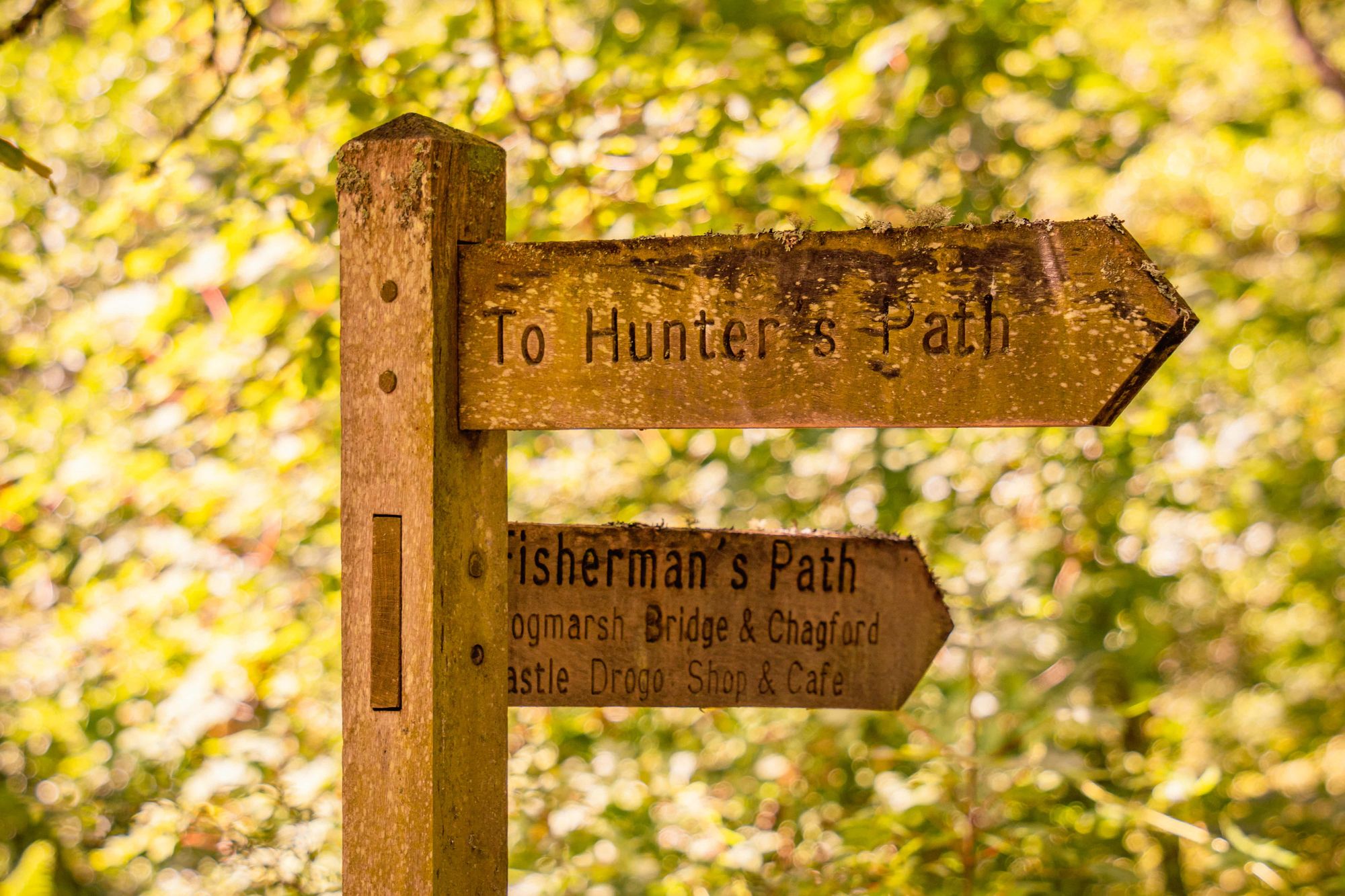Changing pedals sounds easy: thread them in or out of the crank arms, and the job’s a good’un. Of course, it’s not quite that simple.
How to change your bike pedals
Step 1 – Which pedals?
Before you get anywhere near a spanner, you must decide which pedals you need. There are three main types: clipless, clip, and platform.
The confusingly named clipless pedal (i.e., it doesn’t have straps or toe clips) is used with cycling shoes with cleats that attach your foot to the pedal. These make pedalling more efficient, offer easier power transfer and no foot slippage. However, they take a bit of getting used to. Forget to unclip at a junction, and you’ll perform a less-than-graceful, slow-mo sideways dismount, much to the hilarity of anyone passing.
Roadies are fans of the clipless pedal. Of course, just as there is more than one type of pedal, there’s more than one type of cleat fitting: Look Keo, Shimano SPD-SL, Time, or Speedplay – which one is a matter of personal preference.
Clip pedals have toe clips or straps attached to them. Pedalling with these isn’t as efficient as with clipless, and there’s still a chance of you having a little unexpected lie-down if you forget to undo the straps when stopping.
For a full rundown of clipless pedals and cleats, check out our ‘ultimate guide’ here.
Finally, there’s the platform pedal. These are simply flat pedals. They are not very efficient, but they eliminate the embarrassing ‘forgetting to unclip’ moment.
Step 2 – Make sure you’ve got the right tools
Time to gather your tools. You’ll need either a pedal wrench (15mm spanner) or an 8mm hex/Allen key, depending on the type of pedal you’re fitting.
It’s a good idea to use a long spanner or Allen key (as opposed to a multi-tool). This will give you more leverage, which is particularly useful for loosening tight pedals.
You’ll also need some grease, a cable tie, and a rag (all will become clear later).
Step 3 – Setting up your bike
Before you get going, prop your bike up somewhere so you can get easy access to your pedals. If you have a bike stand, use that. Otherwise, leaning it against a solid surface will be fine.
Top Tip! Shift the chain into the big ring to reduce the risk of any slips resulting in a nasty chainring-related knucle injury
Step 4 – Get your pedals ready
Grab the grease from step 2 and apply it to the pedal threads before you do anything else. This will help stop corrosion and make the pedals easier to remove later.
Step 5 – Forwards or backwards?
You will have a left and a right pedal – don’t get them confused. Most pedals will be marked ‘L’ or ‘R’ to help you out.
The right-hand side pedal (drive side) goes on the same side of the bike as the gears, and the left-hand side (non-drive side) goes on the side without the gears.
Step 6 – Tightening your pedals
Now that you know which pedal is left and right, it’s important to remember they have different thread directions. The right-side pedal has a clockwise thread, whereas the left is anticlockwise.
Top tip! Remember: With pedals, it's Righty-tighty lefty-tighty
Some pedals will have a set torque they need to be tightened to. Typically, you’re looking at about 360 inch-pounds or just over 40.5 Newton meters.
It’s very important to avoid cross-threading (when your pedal threads don’t engage properly with the threads in the crank arm). Your pedals should thread in easily. If you feel any resistance, stop, take it out and try again.
Top tip! To get more leverage, attach the opposite crank arm to the chainstay with a cable tie
Ta-da! You’ve done it. You’re now officially an expert pedal changer.
See, that wasn’t too difficult, was it? It’s just a matter of having the right tools and know-how.
Do you have bicycle insurance?
For extra peace of mind, when hitting the roads or trails, at home or abroad, check out our specialist bicycle insurance.






